Disconnecting your smart TV from the internet can be a powerful move for managing content, enhancing privacy, and reducing distractions in your home. This guide explains why you might consider this and walks you through several simple methods to block internet access. Whether you’re using the TV’s own settings or your home router, you can easily take control of your device’s connectivity, ensuring it serves your household’s needs without the unwanted online features.
Why Consider Disconnecting Your Smart TV from the Internet?
The primary reason many people choose to block internet on their smart TVs is for greater control and privacy. Smart TVs are known to collect viewing data to personalize content and advertisements. By cutting off the internet connection, you effectively stop this data transmission back to the manufacturer and app developers.
Another major factor is content management, especially in households with children. Disconnecting the TV prevents access to streaming apps and web browsers, making it easier to control what your family watches. This turns your smart TV into a simple display for approved sources like a gaming console or Blu-ray player.
Finally, limiting internet access helps reduce distractions. It encourages more intentional viewing habits and can foster more family time away from the endless scroll of streaming options. While you will lose access to online features, the benefits of a more controlled and private viewing environment are often worth the trade-off.
The Easiest Method: Disabling Wi-Fi Directly on Your TV
The most straightforward way to cut off internet access is by using the settings menu directly on your smart TV. This method requires no technical knowledge of routers and can be done in just a few moments. It’s also easily reversible if you decide you need to connect again later.
This approach is perfect for a quick, temporary disconnection during family time or when you want to ensure no one is using streaming apps. However, keep in mind that anyone with access to the remote can just as easily turn the Wi-Fi back on.
To disable the connection, follow these general steps:
- Press the Settings or Menu button on your TV remote.
- Navigate to the ‘Network’ or ‘General’ section.
- Find the ‘Network Settings’ or ‘Wi-Fi’ option.
- Select the option to ‘Disconnect’ or ‘Turn Off Wi-Fi’. If you are using a wired connection, simply unplug the Ethernet cable from the back of the TV.
Once disconnected, your TV will no longer be able to access any online content, apps, or services until you manually reconnect it.
Using Your Router for More Complete Control
For a more permanent and secure solution, you can block your smart TV’s internet access directly from your home’s Wi-Fi router. This method prevents the TV from connecting even if someone tries to re-enable Wi-Fi on the device itself. You will need to log in to your router’s administrative interface to do this.
Most modern routers offer parental controls or device management features that make this process simple. You can typically see a list of all devices connected to your network and choose to block specific ones. This gives you centralized control over your entire home network.
There are two common ways to block a device using your router:
- Device Blocking: Many routers have a simple “block” or “pause” button next to each connected device in the settings. You just find your smart TV in the list and block it with a single click.
- MAC Address Filtering: This is a slightly more advanced method. Every internet-capable device has a unique MAC address. You can configure your router to deny internet access to your TV’s specific MAC address, creating a foolproof block.
| Method | Ease of Use | Security Level |
|---|---|---|
| Parental Control / Device Block | Easy | High |
| MAC Address Filtering | Moderate | Very High |
What Functionality Will I Lose?
It’s important to understand the trade-offs before you disconnect your TV. Blocking internet access will disable all features that rely on an online connection. This is the entire point, but it’s good to be aware of exactly what will stop working.
The most obvious loss is access to streaming services. Apps like Netflix, Hulu, YouTube, and others will no longer function. You also won’t be able to download new apps or receive automatic software and firmware updates for your TV, which can include important security patches.
Features like voice commands (which often process requests in the cloud) and smart home integration will also be disabled. Your TV will essentially become a “dumb” screen, but a high-quality one at that.
Exploring Offline Features and Alternatives
Even without an internet connection, your smart TV is far from useless. You can still enjoy a wide range of content through its other inputs and offline capabilities. This allows you to create a curated entertainment experience without online distractions.
Many people use their disconnected smart TVs to watch movies and shows from a USB drive or an external hard disk. Most smart TVs have built-in media players that can handle various file formats, giving you an easy way to access your personal digital library.
Furthermore, you can still connect other devices via HDMI, such as:
- Blu-ray or DVD players
- Gaming consoles like PlayStation or Xbox
- Cable or satellite boxes
- A laptop to play downloaded content
This setup ensures you can still enjoy high-definition content on your big screen while keeping the device itself offline and secure.
How to Re-enable Internet Access When Needed
If you decide you want to reconnect your smart TV to the internet, reversing the process is simple. The steps will depend on the method you used to block it in the first place.
If you disabled the connection through the TV’s settings, you just need to navigate back to the network menu. From there, turn the Wi-Fi back on, select your home network, and enter the password to reconnect. If you used an Ethernet cable, simply plug it back in.
For those who used a router block, you will need to log back into your router’s settings. Find the device management or parental controls section and unblock your smart TV from the list. If you used MAC address filtering, you’ll need to remove the TV’s MAC address from the blocklist. After making the change, a quick restart of your TV should restore its internet connection.
Frequently Asked Questions about Blocking Smart TV Internet
Why would I want to block internet access on my smart TV?
Blocking internet access enhances your privacy by stopping data collection, helps you control the content your family sees, reduces screen time, and eliminates distractions for a more intentional viewing experience.
Will blocking the internet affect my smart TV’s basic functions?
No, it will not affect basic functions. You will still be able to watch content from cable boxes, gaming consoles, Blu-ray players, and USB drives connected via HDMI or USB ports. Only internet-reliant features like streaming apps will be disabled.
Can I still get software updates if the internet is blocked?
You cannot receive software or firmware updates while the TV is offline. To keep your TV’s software current, you will need to temporarily reconnect it to the internet every few months to check for and install any available updates.
Is it better to block access from the TV or the router?
Blocking from the router is a more secure and permanent solution, as it cannot be easily undone from the TV itself. Blocking from the TV’s settings is easier and quicker, making it ideal for temporary restrictions.
Are there alternatives to a complete internet block?
Yes, many routers and some smart TVs have advanced parental controls. These features allow you to schedule internet access for certain times of the day or block specific apps, offering a more flexible approach than a complete disconnection.

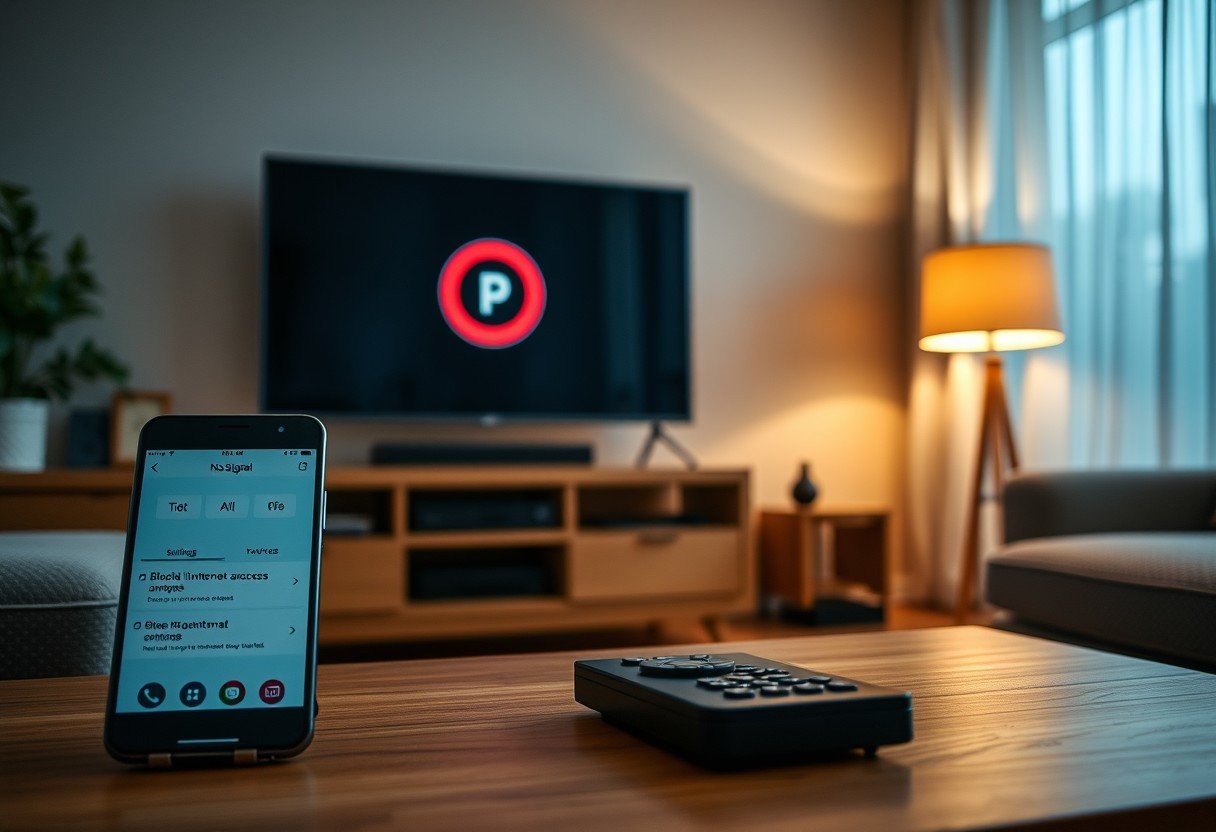

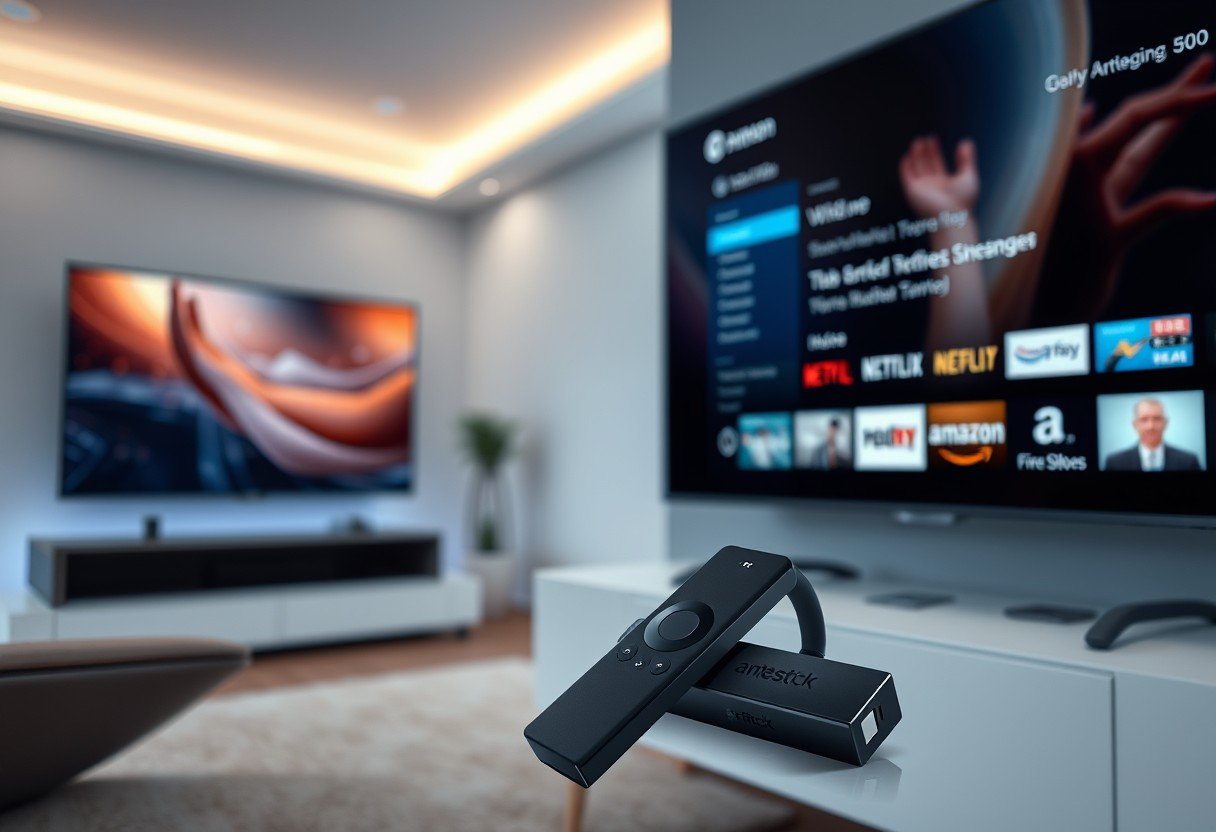
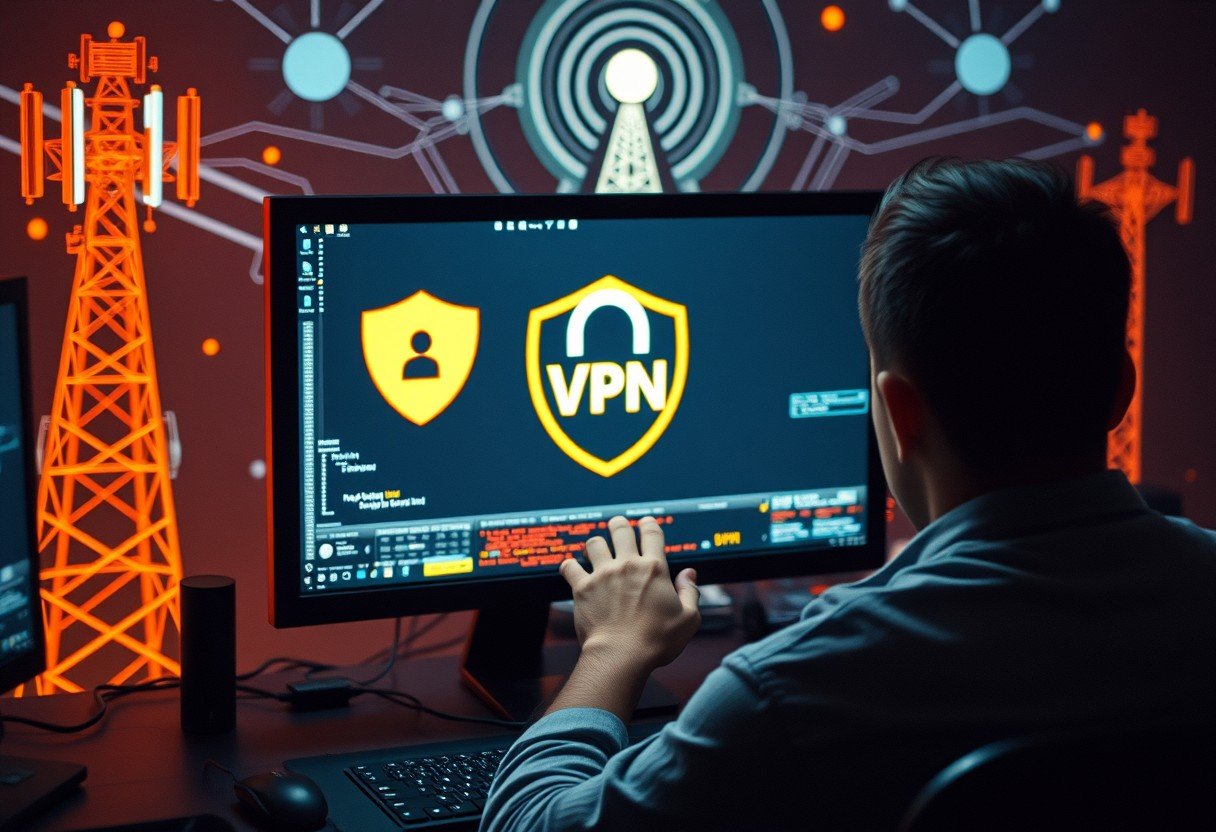

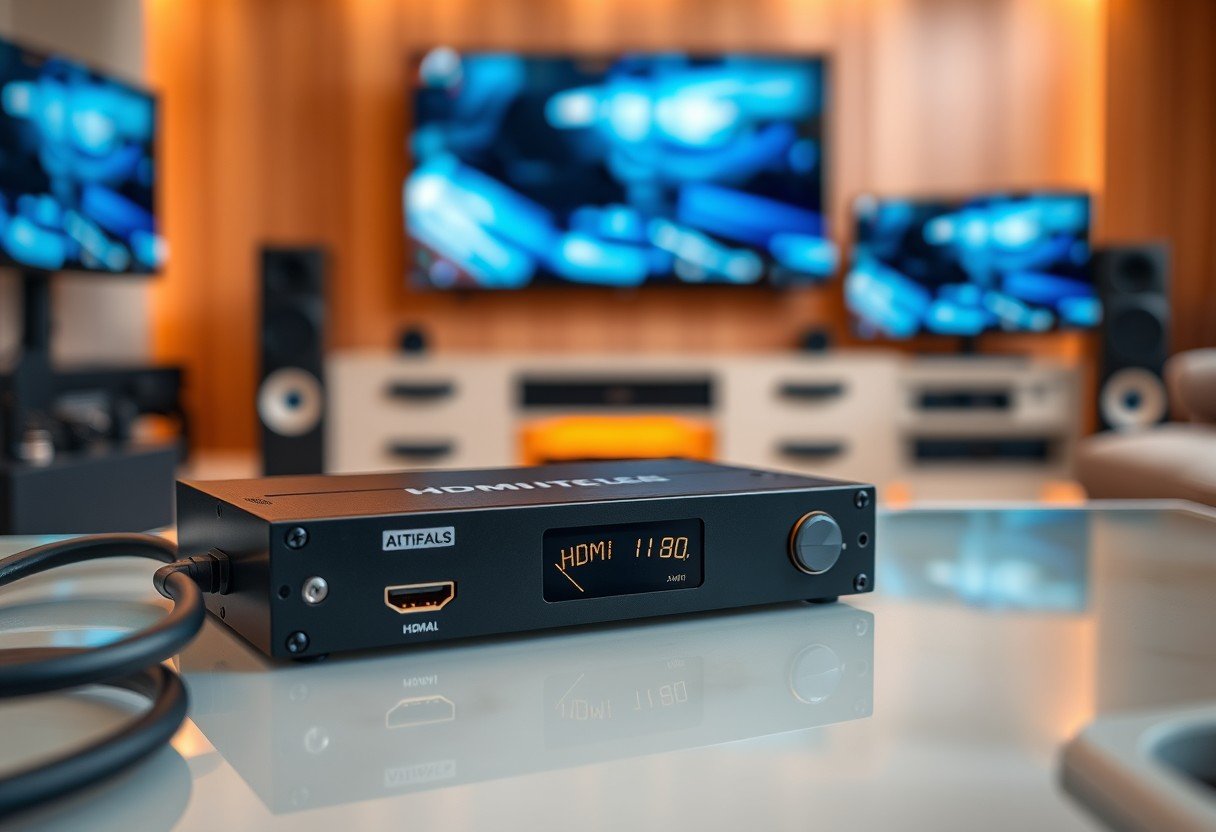

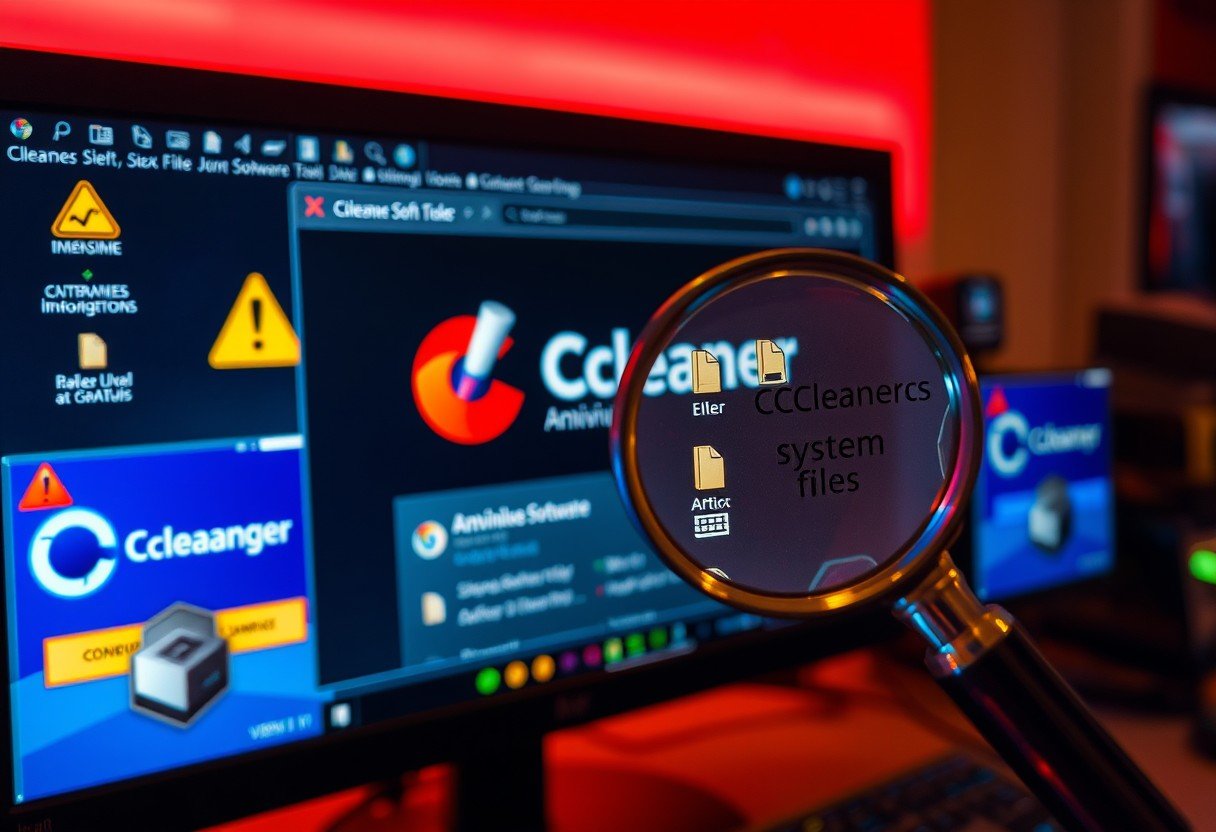
Leave a Comment